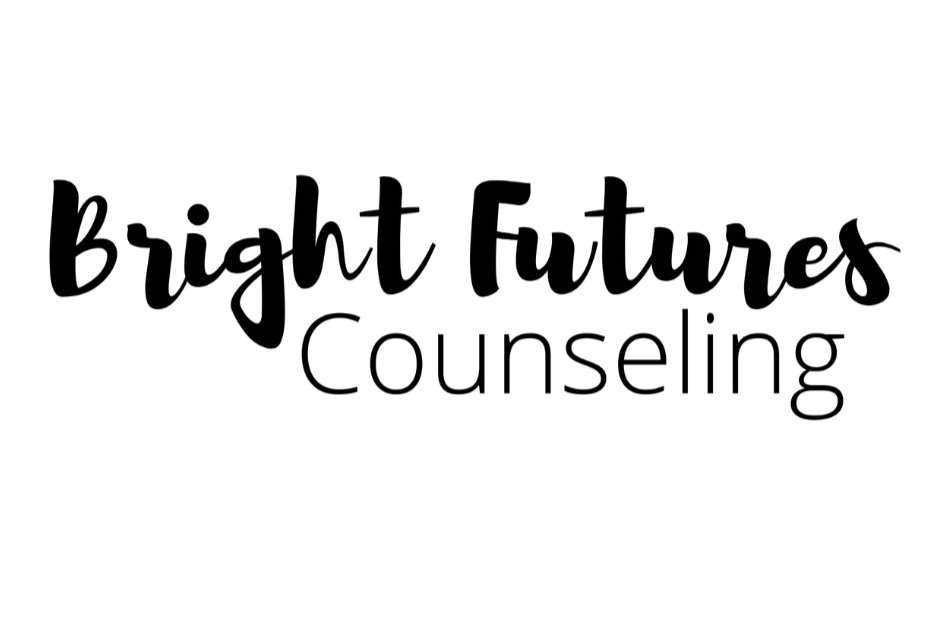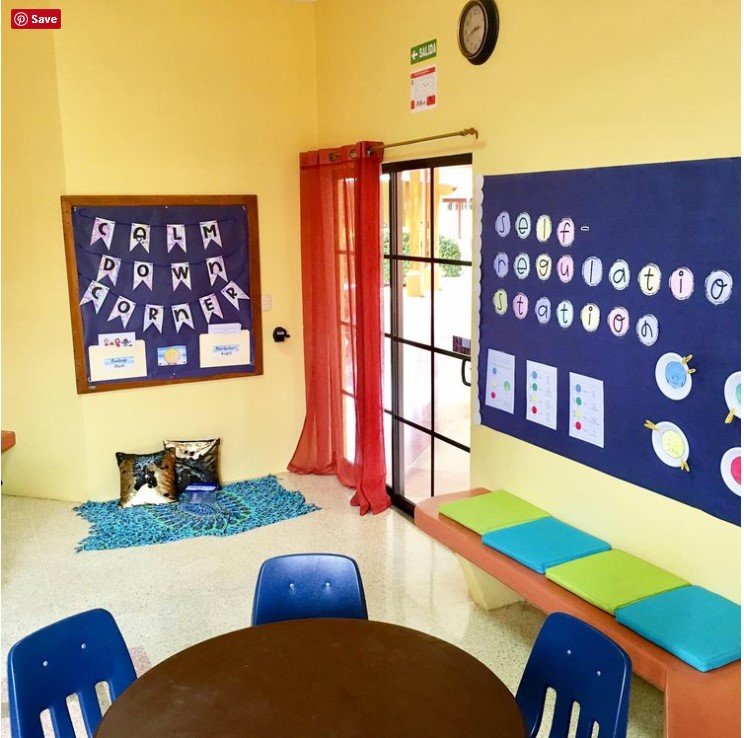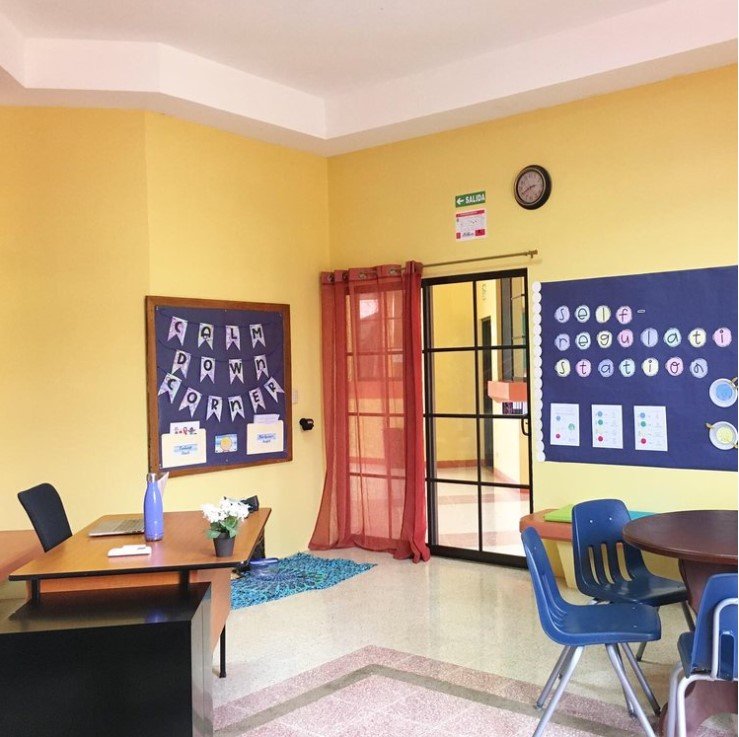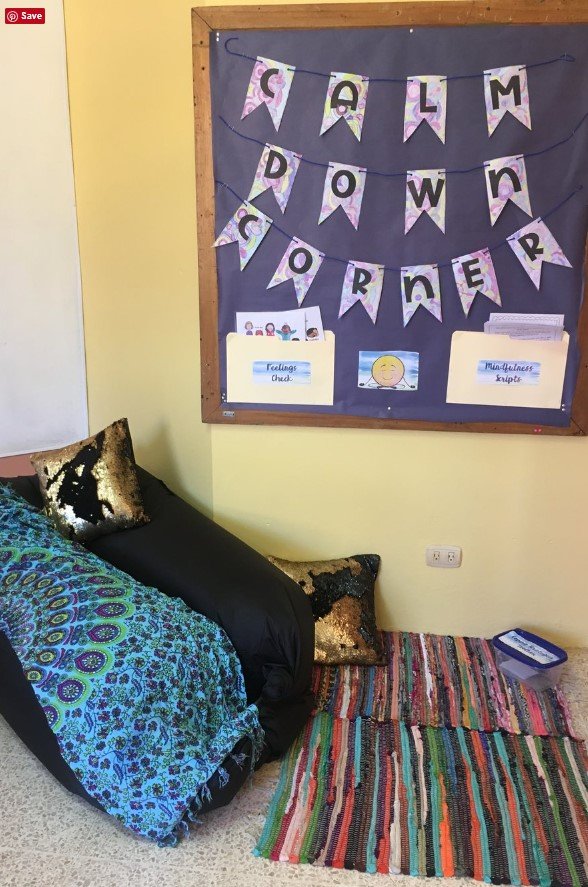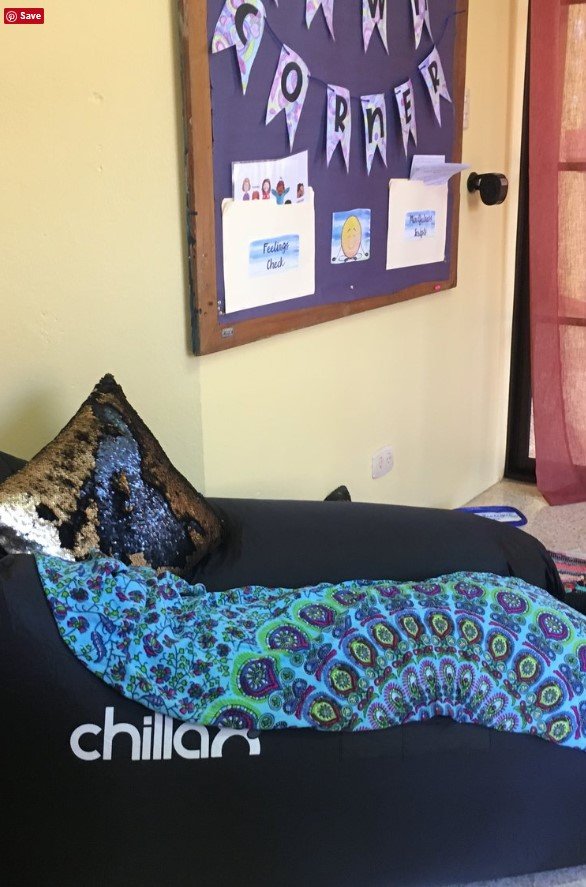The Calm Corner - Everything You Need to Know About Setting It Up and Helping Students Use It Effectively
By: Neeti Sarkar
Whether you refer to it as a calm corner, a peace corner, a zen den, or a take-a-break spot, among other quirky iterations of the same concept, it is a game-changer, in my experience as a school counselor. If you are looking to set up one or have one but need a little support regarding how to teach students to use it effectively, this post aims to break it down for you meaningfully, covering the 5Ws (and H).
What is a Calm Corner?
A calm corner is a designated safe space in your office or the classroom, equipped with tools that kids can grab when those big feelings come knocking. Remember, it's not a timeout spot. It is instead a toolkit for children to be able to manage their emotions. Here’s where they can:
snuggle into safety, even when emotions feel huge.
sort out feelings, especially the ones that seem ginormous.
Dial down intense emotions with the right tools and strategies
Hit pause, find their center, and reset
shift from a knee-jerk reaction mode to a cool, collected, “I've-got-this” stance.
learn to communicate their needs effectively
reboot so they're ready to learn, mingle with their classmates, and show themselves some compassion.
Why do students need a Calm Corner?
Inevitably, every classroom has some children who tend to have big emotional responses and outbursts (no matter the size of the problem), some who get worried easily, and of course, those who are highly sensitive and can move out of their “green zone” and not necessarily know how to regain composure. Calm corners are trauma-informed and come with a plethora of benefits for students who need to be able to self-regulate.
A Calm Corner is not meant for punishment. Instead, it whispers to kids that they're safe and valued, no matter what – even during those moments when things feel like a whirlwind, or they're stuck in an emotional fog. It’s a nifty way for kids to get comfortable with understanding their feelings, and not just that – it's a toolkit of self-regulation skills they can carry from school to home and beyond.
Who sets up the Calm Corner (and what goes in it)?
The Calm Corner in my office is one I’ve set up independently. However, in classrooms, I love co-creating a Calm Corner with my students. It gives them a sense of ownership through the process. However, we don’t expect students to just know the difference between tools and toys. So it’s important, if you plan on co-creating this space, to ensure you formulate a set of guidelines for what should form a part of the toolbox. Of course, based on their needs (and I’ve seen how it varies across different grades), allow students to make choices in terms of the items that are “allowed”.
Ideally, your Calm Corner should include sensory tools such as fidgets, a stress ball, a glitter jar, kinetic sand, stuffed animals, etc. I include puzzles and Lego too. Art supplies such as crayons, color pencils, mandala coloring books, Play-Doh, etc., are also a part of the Calm Corner in my office. Some students can self-regulate when they distract themselves with some reading, so don’t forget to add some mindfulness-themed/emotional regulation-themed SEL books to your Calm Corner. Visuals that focus on breathing exercises need to be a part of the toolkit. Also, make sure to include pinwheels or bubble blowers for this purpose. My Calm Corner has a bulletin board that displays a vast range of emotions for students to be able to identify their own emotions. It also includes a series of laminated visuals of strategies they can use (from our Calm Corner) to feel better. A lap book could also be used for this purpose. Most importantly, make sure the space has a timer, digital or sand timers, or liquid ones so students use this space only for the stipulated amount of time and not endlessly.
When should (and shouldn’t) the Calm Corner be used?
Every day and in almost every lesson, there are going to be students who get restless, bored, or distracted. There will be some kids who are irritable because of the weather, the time of day, etc. However, the Calm Corner is not meant for dealing with minor inconveniences that are part of school life. When a child is dealing with big/overwhelming feelings such that they don’t feel safe and are unable to learn. The Calm Corner serves as a haven for such students to calm their brain and body down.
Where should the Calm Corner be situated?
The counselor’s office is a great place for a Calm Corner and in my case, the one in my office has served as a model for those teachers who were willing to recreate it in their classrooms. Ideally, every classroom should have this designated space for students to self-regulate. In my school, a small part of the breakout space that leads to the respective grade’s homerooms is utilized for this purpose. Whether it is inside the classroom or just outside (in the breakout space), make sure it is set up in an area away from the louder, bustling part of the classroom. It’s wise to create the illusion of separation, while still being able to keep an eye on the child.
How to help students use the Calm Corner appropriately?
Preventatively and through explicit instruction in the classroom, for ALL students! Don’t wait for a child to be overwhelmed to show them how to use the Calm Corner. Don’t expect teachers to do the demo. This is well within the scope of the job of us school counselors so make sure to make this one of your introductory lessons in every classroom that you serve.
Instead of just talking at students and telling them what the Calm Corner is, what tools are in it, and how to use them, ensure you show them what you’re talking about, and allow them to get a feel of these tools. Give them the opportunity for a few minutes each to use the tools you’re describing in a way that you are explaining how they need to be used. Come up with expectations/agreements for how this space will be utilized, when, by whom, and for how long. I have found that setting up centers in the classroom is a great way to go about a lesson on this topic.
Do you have a Calm Corner in your office? What does it look like? How do you ensure students benefit from using it?
About the author: Neeti Sarkar is a Primary School Counselor at an IB school in Bangalore, India. Over the span of almost 10 years, she’s worked with students aged 3-18, but enjoys working with the littles the most. Neeti’s also a seasoned journalist, so when she isn’t making behaviour plans, teaching guidance lessons, and supporting her school community in various other ways, she makes time for her other passion- writing.
